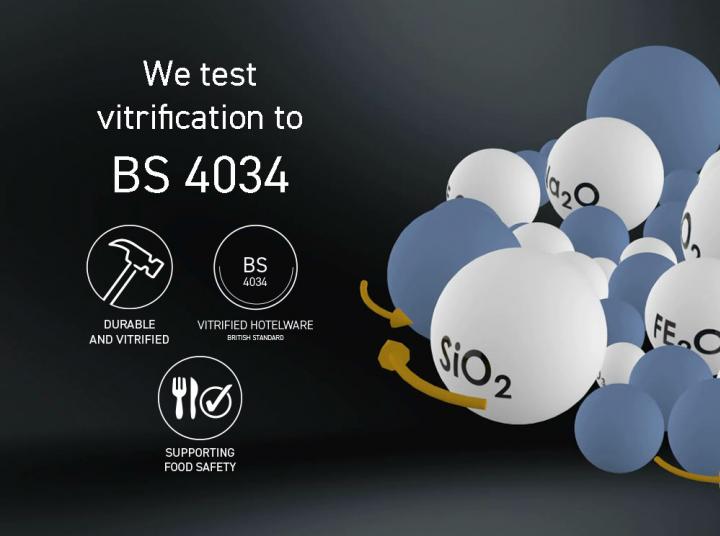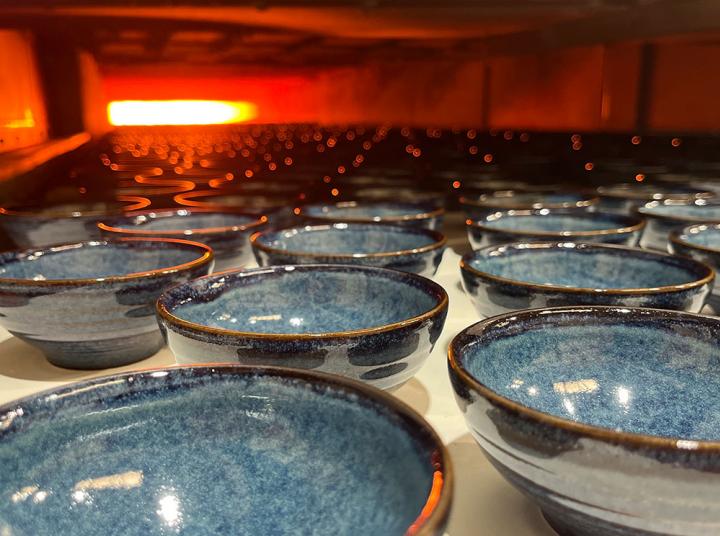Technical 3: Vitrification & Firing
100% of Churchill’s ceramics are vitrified which is essential to the hospitality industry. Vitrification is a process where we physically change the clay, melting it to make our ceramics impervious to water. Supporting food safety, bacteria has less opportunity to penetrate into the ceramic and grow.

Stronger Tableware
Your Churchill plates will last longer because through vitrification we alter the particle structure of the fired ceramics, creating a strong, dense and watertight body.
Food Safety
A dense vitrified particle structure prevents bacteria from being absorbed into the ceramics, creating a more food safe plate.

Non-vitrified ceramics have a porous particle structure, this allows for water absorption, which both weakens the product and allows bacteria to penetrate. Vitrification changes the structure of the ceramics, closing the gaps between particles and creating a strong, dense and watertight product.
Combining a firing temperature of up to 1200°C with a unique recipe of performance materials ensures vitrification. On average, our UK made vitrified ceramic bodies can withstand the weight of 19500psi. This is the equivalent to the weight of an elephant.